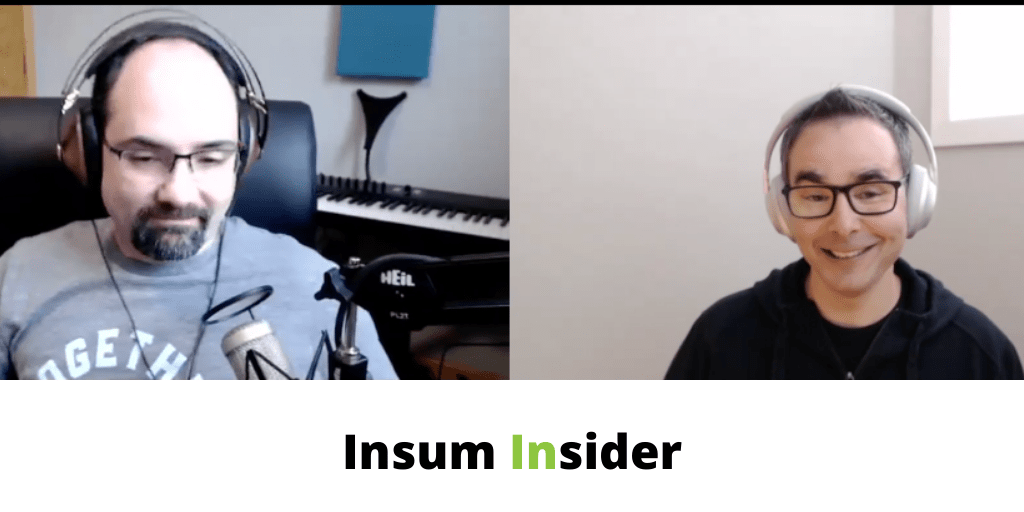We recently completed a 10-week series of live streams covering a wide variety of Oracle APEX topics we called the Insum Insider.
Conferences we normally attend were being cancelled one by one due to the COVID19 crisis. We wanted to do something to connect with all of you in the community, and so the Insider was born!
In this first episode of the series, Jorge Rimblas and Martin D’Souza shared some of their recent discoveries, revisited old classics, discussed what they love about the tools they use, and what they’re looking forward to incorporating in their daily practices.
Watch the video recap below, Martin and Jorge start @ 10′ into the episode.
Episode Show Notes:
The show opened up with hosts Monty and Michelle talking about the genesis of the Insum Insider. They discussed what participants could expect over the next few weeks both during the webinars and on the forum.
10′: Our hosts then handed the presentation over to Jorge and Martin and invited them to share their favorite productivity tools that help make them the Oracle APEX experts they are.
Jorge Rimblas
Jorge started out by talking about 2 of his favorite tools: Quiver & Balsamiq.
Quiver
Jorge explained how Quiver – https://happenapps.com/ allows you to keep snippets of code and even keep different types of code (for example Javascript SQL or CSS all in the same document.
From the Quiver site: Quiver is a notebook built for programmers. It lets you easily mix text, code, Markdown and LaTeX within one note, edit code with an awesome code editor, live preview Markdown and LaTeX, and find any note instantly via the full-text search.
Both Martin and Jorge have enjoyed using Quiver as a general organizer to take notes or keep tasks on track.
Jorge also mentioned two other note-taking tools: Boost Note – https://boostnote.io/ and Ulysses – https://ulysses.app/
Balsamiq
Jorge then presented a wireframe tool called Balsamiq – https://balsamiq.com/
Both Martin and Jorge agreed that one of its main advantages is that it allows you to build and present what looks like hand-drawn applications. This helps avoid the trap of clients immediately trying to make design choices before functionality is discussed.
Martin D’Souza
Martin discussed a tool he uses to take notes called Bear https://bear.app/. He specifically called out its ability to sync across all devices as well as allowing hashtag sorting, similar to how things can be organized in Google drive.
Template Github Repositories
Martin then moved over to creating Template Github Repositories
He demonstrated how it can help you create a project template in a repository based on any existing project. Commits are not brought over. This is different from “Forking”.
From Github: You can make an existing repository a template, so you and others can generate new repositories with the same directory structure, branches, and files.
Screenshots in MacOS
Martin closed the talk by demonstrating a great way to take and annotate screenshots in MacOS.
Zoom sadly interfered with the demo, but Martin put together this blog post all about Screenshots in MacOS and Continuity Markup.
